Ensuring Efficient Gas Transportation
Gas transportation ensures a steady and efficient supply of essential gases across various industries.
The safe and effective transport of gases like LNG, hydrogen, and nitrogen is a priority for energy production and medical applications.
This article explores the different methods of gas transportation, focusing on the role of tank containers and trailers.
Types of Gas Transportation
- Tank Containers and Trailers
- Liquefied Natural Gas (LNG): LNG is a significant energy source, and its transportation is essential for global energy markets. LNG is transported in specially designed cryogenic tank containers and trailers. These containers maintain the gas at extremely low temperatures, allowing for efficient and safe transport over long distances, including by sea.
- Case Study: DSW’s LNG trailers have enabled an energy company to expand its distribution network, reducing costs and enhancing supply chain efficiency.
- Hydrogen (LH2): Hydrogen is transported using advanced cryogenic trailers and ISO containers, particularly in its liquid form (LH2). These containers are designed to handle the extremely low temperatures required to keep hydrogen liquid, ensuring safe and efficient transport.
- Technological Innovations: DSW’s hydrogen containers feature advanced insulation and pressure control systems, setting new industry standards.
- Nitrogen (LIN): Liquid nitrogen (LIN) is transported using insulated tank trailers designed to maintain its cryogenic state. LIN is used in various industries, including food preservation, medical applications, and manufacturing.
- Usage Examples: LIN is essential for freezing and transporting food, cryopreservation of biological samples, and refrigeration for superconductors.
- Oxygen (LOX): Liquid oxygen (LOX) is transported in specialized cryogenic trailers. LOX is used extensively in medical treatments, industrial processes, and scientific research.
- Safety Considerations: Transporting LOX requires strict safety protocols due to its high oxidising power.
- Argon (LAR): Liquid argon (LAR) is transported in cryogenic containers and is used in welding, lighting, and as an inert gas in various industrial processes.
- Industrial Applications: LAR provides a protective atmosphere in metalworking and is used to produce semiconductors.
- Helium (LHe): Due to its extremely low boiling point, liquid helium (LHe) is transported using highly specialized cryogenic containers. It is crucial for applications in medical imaging and scientific research.
- Applications: Helium is used in MRI scanners and as a coolant in laboratories.
Future Trends in Gas Transportation
Technological advancements and the transition to sustainable energy sources will shape the future of gas transportation.
- Green Energy Transition: Increasing use of hydrogen and renewable natural gas.
- Innovative Technologies: Integration of IoT and advanced monitoring systems for enhanced efficiency and safety.
- Policy Developments: New regulations will emphasize sustainability and safety in gas transportation.
Conclusion
Efficient gas transportation is vital for meeting global energy demands and supporting various industrial applications. Companies like DSW are at the forefront of this industry, providing innovative and sustainable solutions that drive the transition to cleaner energy sources. Their contributions are essential for ensuring a reliable and efficient supply of gases to meet the world’s growing needs.

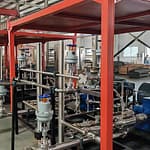

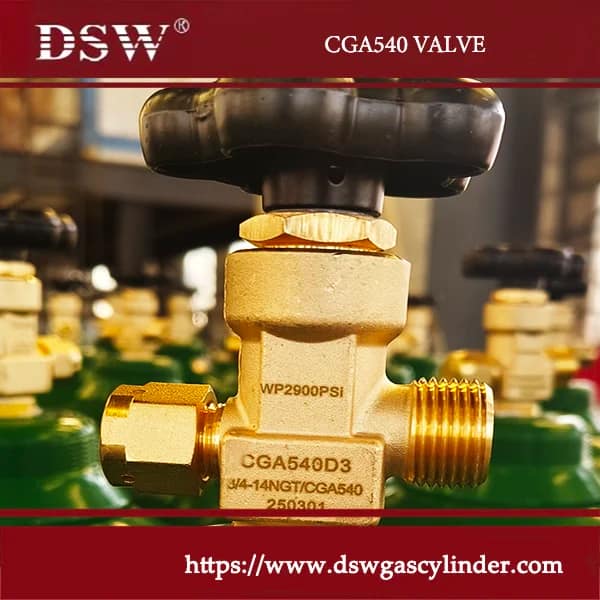
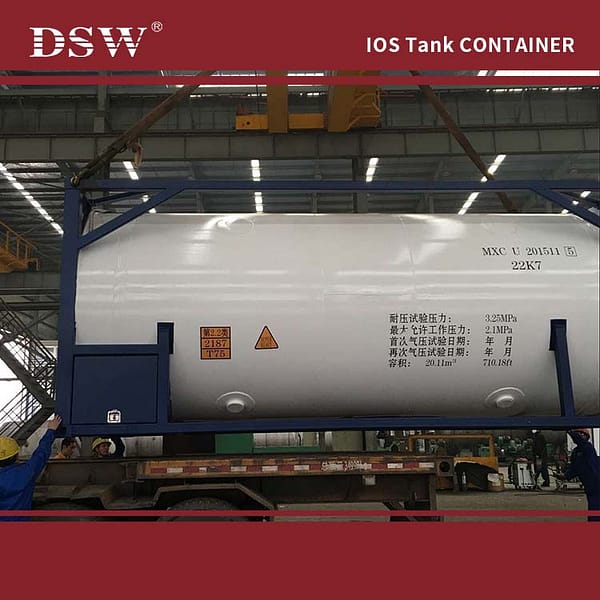
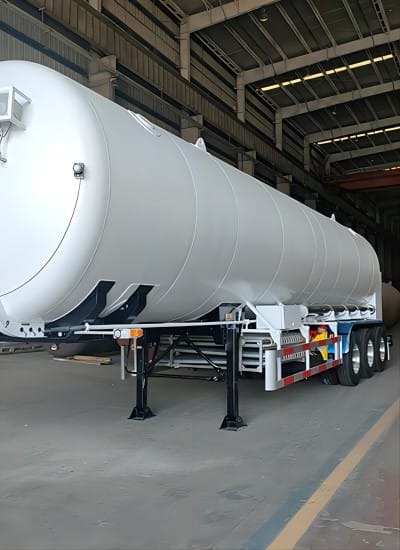

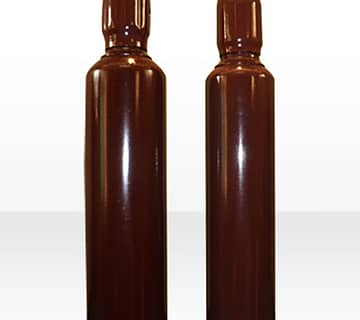
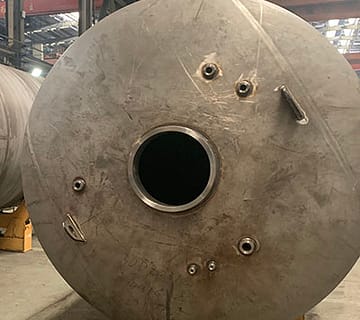
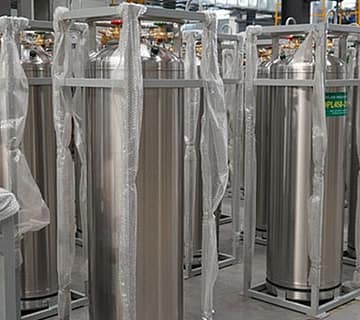

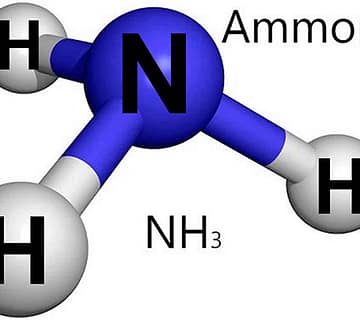
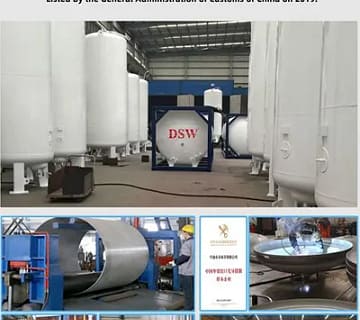
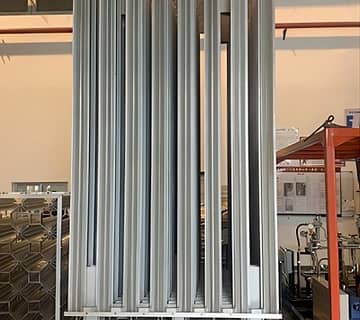
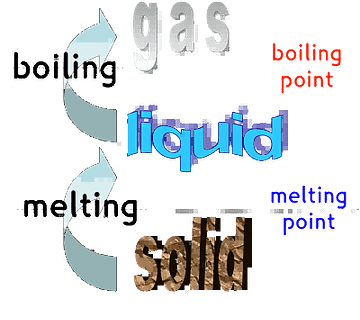
No comment